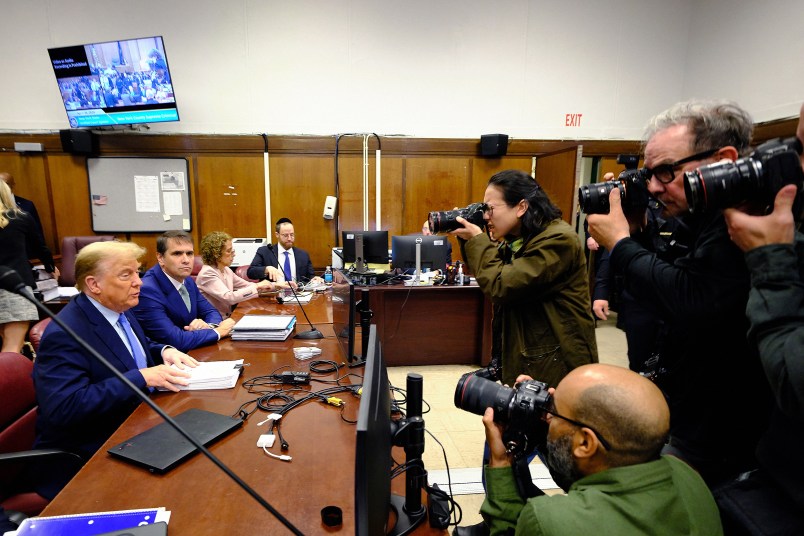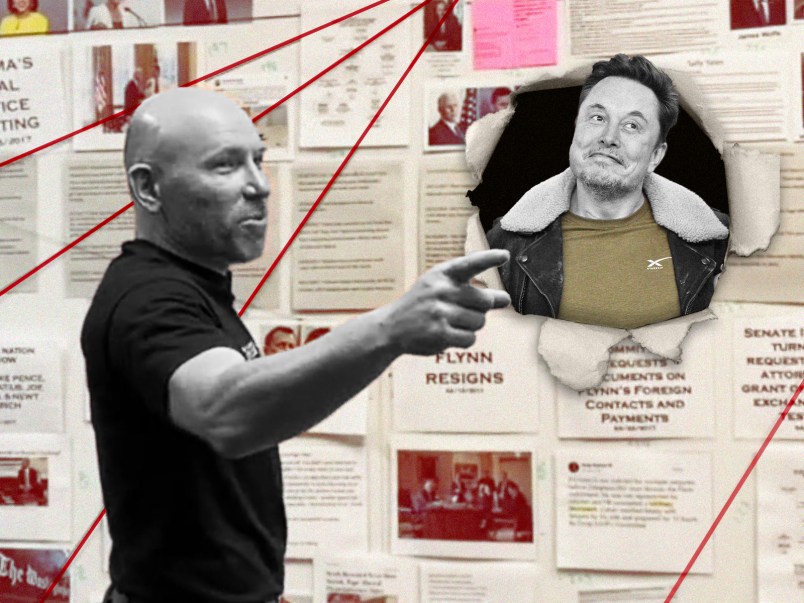Call it Real World: Redistricting. Fourteen ordinary California residents (five Democrats, five Republicans and four independents) will be picked this year to serve on the state’s first Citizens Redistricting Commission, which will redraw the state’s political map.
In many states, redistricting is either directly or indirectly controlled by politicians, giving incumbents the advantage of shaping the borders of their own districts. In California, the legislature used to have the final say in the redistricting process. But in 2008, California voters passed Proposition 11, also known as the Voters FIRST Act, which shifted redistricting responsibility for statewide offices (but not Congressional districts) to an independent group of volunteers.
Tens of thousands of people have already applied to be part of the once-in-a-decade chance to navigate the politically fraught and delicate task of redistricting, all under the eyes of their fellow citizens — not to mention the politicians whose electoral futures’ may be at stake.
And as important as redistricting is, you can’t just grab people off the street, give them pencils and have them start drawing. To raise awareness and make sure applicants know what they’re getting in to, the state Auditor’s Office and other groups have led a public education campaign, including workshops and radio ads.
But no one expected this kind of interest. More than 30,000 applications were submitted, and nearly 26,000 were deemed “tentatively eligible.” In order to qualify for the commission, applicants must have voted in two of the last three statewide elections, held the same party affiliation for the last five years and not worked with or contributed too closely to any political party or candidate.
According to Kathay Feng, executive director of Common Cause California, a group heavily involved in pushing for redistricting reform, people turned out because of their dissatisfaction with California’s political system. Another possibility? The economy.
“Doing the [education] workshops, I was approached by people who were recently laid off and thought ‘you know, if I’m going to be on the job market, this could be a great transition,” Feng said.
The task of selecting the best-qualified applicants from a potential pool of over 25,000 falls to the Applicant Review Panel (ARP). The panel is comprised of three qualified independent auditors employed by the state and picked randomly by the state auditor. (You can watch a video of ARP members being selected with the help of bingo balls here).
The next deadline in the process is April 2, when candidates who have been “tentatively eligible” must submit supplemental application materials. After that, the ARP will evaluate candidates on the following criteria: relevant analytical skills, impartiality and appreciation of California’s diversity. The ARP will then the interview the 120 best applicants, of which 60 will be recommended to the state legislature.
From there, legislators can strike a couple dozen candidates from the mix, at which point eight commissioners will be chose at random from the remaining group. Then that group will pick the commission’s last six members.
Got all that?
The selection process should be over sometime in late November or early December. But that’s just where the fun starts. Then the real redistricting begins.
And just to make things a little more complicated, there are two initiatives being pushed for the 2010 election cycle that could have an impact on the redistricting commission, according to Feng. One initiative would expand the commission’s scope to include Congressional districts. The other would scrap the thing altogether. So there’s that…
Prior to Prop.11, there had been at least six different unsuccessful attempts at redistricting reform in California since the 1980s, Feng said. The last failure was in 2005, when Gov. Arnold Schwarzenegger, a proponent of reform, backed a redistricting measure in a special election.
“The Congressional members, both Democrats and Republicans, pooled $10 million to kill the thing,” Feng said.
By 2008, redistricting proponents had had enough of “Lucy pulling the football away from Charlie Brown,” as Feng puts it. They decided to push their own initiative — but stopped short of calling for the right to redraw Congressional districts. The measure passed by 200,000 votes.
“Since time immemorial, redistricting has been a political process,” Feng said. “As long as the actors who draw the lines have a self interest, you’ll have issues.”










